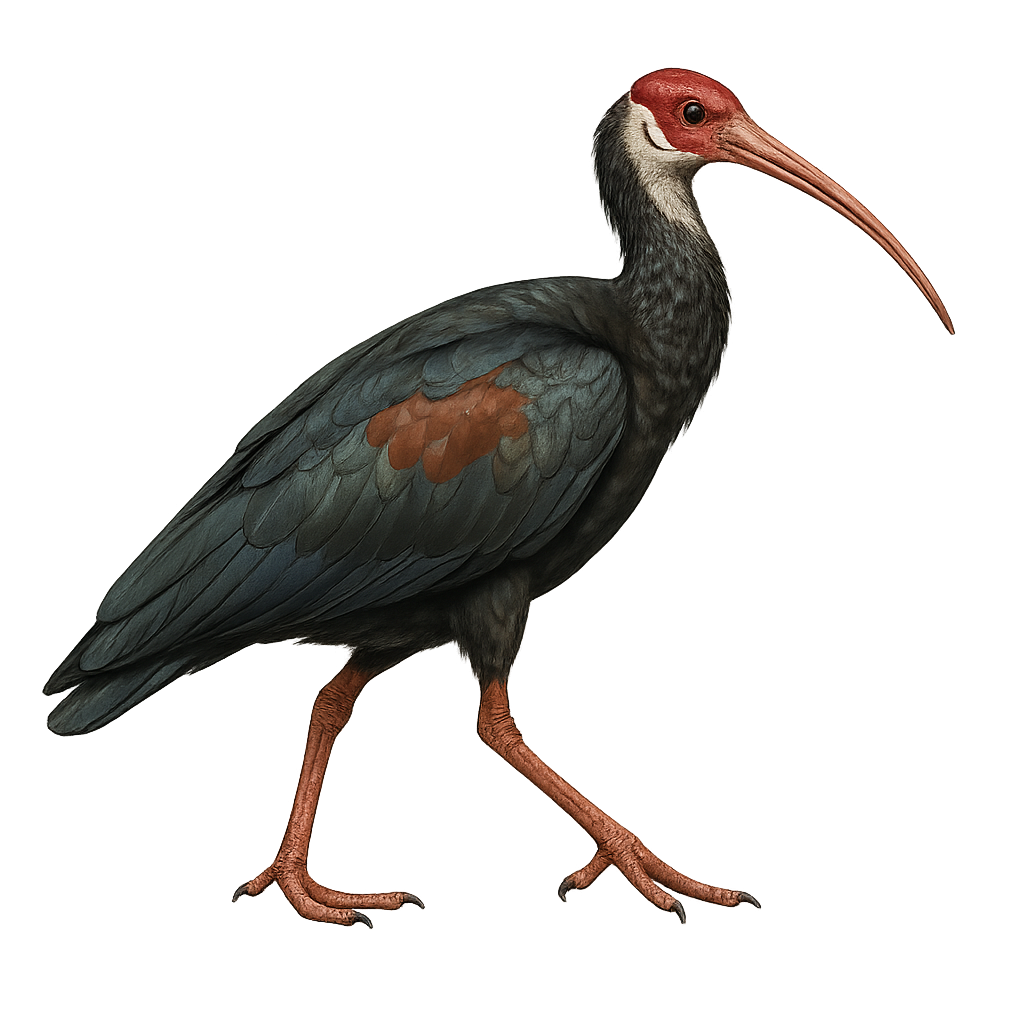Your wildlife photography guide.
Explore the southern bald ibis in detail, study its behavior, prepare your shots.
Where to observe and photograph the southern bald ibis in the wild
Learn where and when to spot the southern bald ibis in the wild, how to identify the species based on distinctive features, and what natural environments it inhabits. The WildlifePhotographer app offers tailored photography tips that reflect the southern bald ibis’s behavior, helping you capture better wildlife images. Explore the full species profile for key information including description, habitat, active periods, and approach techniques.
Southern Bald Ibis
Scientific name: Geronticus calvus

IUCN Status: Near Threatened
Family: THRESKIORNITHIDAE
Group: Birds
Sensitivity to human approach: Suspicious
Minimum approach distance: 10 m
Courtship display: August to November
Incubation: 28-31 jours
Hatchings: September to December
Habitat:
Open grasslands, mountainous areas, cliffs
Activity period :
Primarily active during the day, with peak activity in the morning and late afternoon.
Identification and description:
The Southern Bald Ibis, Geronticus calvus, is a medium-sized bird known for its distinctive bare, reddish head and glossy black plumage with metallic sheen. It inhabits open grasslands and mountainous regions of southern Africa, particularly in South Africa, Lesotho, and Eswatini. This gregarious bird feeds mainly on insects, small reptiles, and seeds, which it finds by probing the ground with its long, curved bill. Colonies often nest on cliffs or rocky outcrops, building cup-shaped nests with twigs and grass. Although their population is stable, they are vulnerable to habitat loss and human disturbances.
Recommended lens:
400 mm – adjust based on distance, desired framing (portrait or habitat), and approach conditions.
Photography tips:
To photograph the Southern Bald Ibis, it is advisable to use a telephoto lens of at least 400mm to capture detailed images without disturbing the bird. Opt for early morning or late afternoon hours to benefit from soft lighting and avoid harsh shadows. Be patient and discreet, approaching slowly to avoid startling the bird. A tripod can be helpful to stabilize your camera, especially if using slower shutter speeds.
The WildlifePhotographer App is coming soon!
Be the first to explore the best nature spots, track rutting seasons, log your observations, and observe more wildlife.
Already 1 430 wildlife lovers subscribed worldwide

